Blue Light Blocking Glasses Customization for OEM
As a leading OEM manufacturer in the eyewear industry, Wenzhouyxglasses.com specializes in crafting high-quality blue light glasses that cater to the specific needs of our customers. Our blue light glasses OEM services ensure that your brand stands out with products that not only look good but also offer superior protection against harmful blue light emissions from digital devices.

Summary of Blue Light Blocking Lens Manufacturing Methods
Coating Method:
Description: Apply a blue light blocking film on the lens surface.
Advantages: Low cost, simple process, suitable for mass production.
Disadvantages: The coating may degrade over time and with wear.

Matrix Addition Method:
Description: Directly add blue light blocking ingredients (such as blue light powder) to the lens material.
Advantages: The entire lens has blue light blocking properties, higher durability.
Disadvantages: Higher requirements for raw materials, medium cost.
Vacuum Deposition Method:
Description: Form multi-layer films on the lens surface through vacuum technology.
Advantages: Enhance wear resistance and blue light blocking effects, suitable for high-end products.
Disadvantages: Large equipment investment, complex process, high cost.

Cost and Difficulty
Coating Method: The lowest cost, easy to implement, widely used in the market.
Matrix Addition Method: Medium cost, requires technical support to ensure even mixing.
Vacuum Deposition Method: The best effect, but due to high equipment and operation costs, often used for high-end brands or professional purposes.
Selection Suggestions
For fast-moving consumer goods, the coating method is an ideal choice.
For products pursuing high quality and durability, consider using the matrix addition method or vacuum deposition method.
Blue Light Composition
The main component of blue light refers to light with a wavelength between 400nm and 500nm, which is considered potentially harmful to the eyes, especially as prolonged exposure to high-intensity blue light may lead to retinal damage and eye fatigue. Here is a summary of the blue light components used in blue light blocking lenses and related technologies:
Material Composition
Blue light blocking lenses typically use materials such as nano silica and nano titanium dioxide as raw materials for blue light blocking. These materials can effectively absorb or reflect blue light, thereby reducing its impact on the eyes.
Working Principle
Blue light blocking coatings mainly use two key technologies to block harmful blue light:
Matrix Absorption: This technology infuses special components into the lens material, causing it to absorb specific wavelengths of blue light, thereby reducing the amount of blue light reaching the eyes.
Thin Film Reflection: This technology involves applying a special thin film to the lens surface, which reflects specific wavelengths of blue light. Unlike matrix absorption, this method does not change the color of the lenses but blocks blue light through reflection.
Material Selection in Blue Light Blocking Glasses Production
In the OEM production of blue light blocking glasses, choosing the right materials is crucial. Here are the key materials for blue light blocking glasses lenses and frames:
Lens Materials
Resin Materials:
Methyl methacrylate (PMMA): Widely used for the base and surface layers, offering good transparency and impact resistance.
Diallyl diglycol carbonate: Used for the base material, known for excellent optical performance and durability.
Glass Materials:
Used for middle layer materials, combined with additives and blue light blocking raw materials, offering high optical quality and scratch resistance.
Blue Light Blocking Raw Materials:
Nano silica and nano titanium dioxide: Usually mixed in a 3:1 ratio, used for the middle layer, effectively blocking blue light.
Hydrophobic Materials:
Zinc chloride and tin tetrachloride: Mixed in a 1:2 ratio, used for surface materials, enhancing the lens’s water resistance.
Adhesives:
Composed of components such as anhydrous ethanol, isopropanol, and epoxy resin, used to bond the layers together.
Frame Materials
TR90:
A lightweight and durable plastic, commonly used for eyeglass frames, suitable for various face shapes.
Titanium Alloy:
Known for its high strength and corrosion resistance, it is an ideal choice for high-end frames that provide a comfortable wearing experience.
Cellulose Acetate:
Popular for fashionable eyeglass frames due to its good processability and a variety of color options.
Metal Materials:
Including stainless steel, these materials are suitable for making sturdy and stylish frames.
Customization and Delivery Time for Blue Light Blocking Glasses Lenses
Delivery Time: 1-100 pieces order delivery time is 7-15 days. 101-1,000 pieces order delivery time is 20-30 days.
Discover more about our Eyewear Packaging Logo Customization, Eyewear Frames Wholesale, Sunglasses Wholesale, Prescription Glasses Wholesale, and Blue Light Blocking Glasses Wholesale.
For more insights, refer to the patent information and industry reports.





